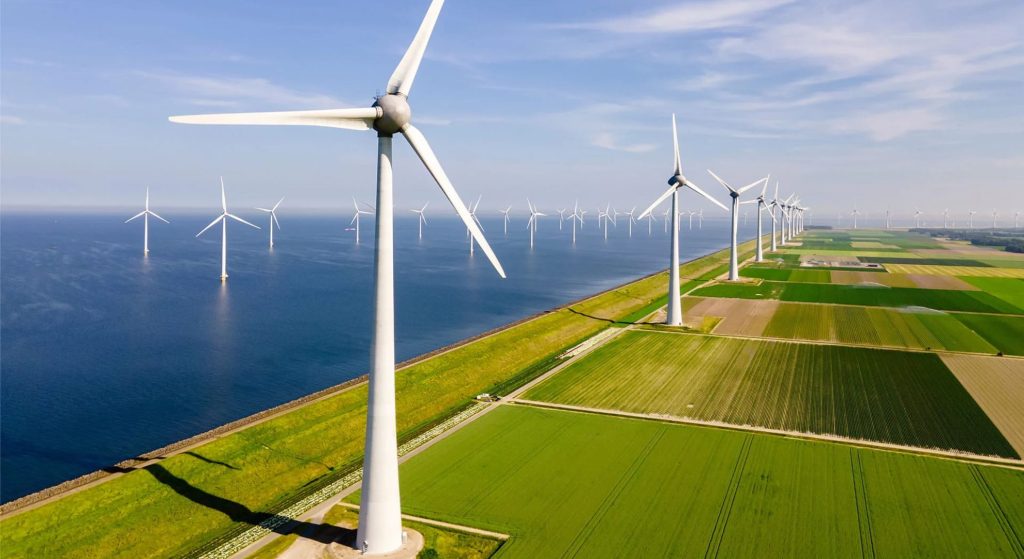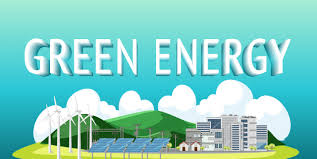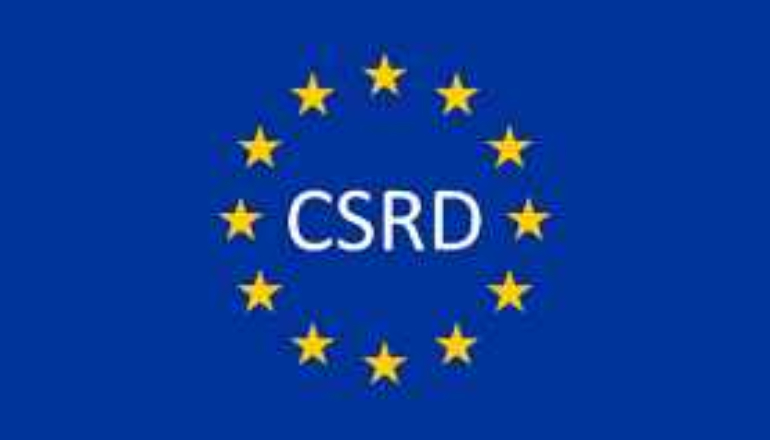National renewables targets are falling short of market forecasts and a global tripling, despite booming market forecasts, as per a new report from Ember Energy.
It analyzes how national renewables targets have changed since COP28 and includes a new assessment of national storage targets in the context of rapidly changing renewables markets.
The International Energy Agency and International Renewable Energy Agency (IRENA) suggest a global tripling of renewables to at least 11,000 GW by 2030 to keep 1.5C within reach.
Only eight countries have updated their 2030 targets in the last 12 months: The report shows that 2030 national targets have increased by 4 GW, reaching 7,242 GW. Eight EU countries updated targets through the National Energy and Climate Plans process, with 14 submitting final NECPs.
The lack of updates on renewable targets is likely due to election timings and governance cycles in the UK, the US, and India. The upcoming Nationally Determined Contributions (NDCs) in 2025 offer a unified mechanism for setting ambitious targets across countries, signaling progress towards tripling renewable capacity.
Strong commitments from countries are crucial for a planned and coordinated expansion of renewables and clean energy flexibility.
Key findings:
The report examines national 2030 renewables capacity targets for 96 countries and the EU, accounting for 96% of the world’s renewable capacity, 95% of global electricity demand, and 94% of global power sector emissions, and adjusts the target to account for missing 4%.
National targets still only aim for a doubling of renewable capacity: The global goal to triple renewables reached at COP28 has only increased by 4 GW, with the current 2030 national targets from 96 countries and one region at 7,242 GW, doubling capacity from 3,379 GW in 2022. Regions fall short of ambition.
Solar targets fall far short of solar forecasts: Solar deployment surpasses predictions, with 593 GW expected in 2024, 29% higher than last year, and 87% higher in 2023 compared to 2022.
National renewable targets have not been updated since COP28: At COP28 in December 2023, 130 governments pledged to triple global renewables capacity to 11,000 GW. However, only 4 GW has been added since then. The International Renewable Energy Agency and IEA agree that over 90% of renewable capacity growth will come from solar and wind, with wind and solar increasing threefold and fivefold respectively.
Data:
The Ember analysis suggests that countries could develop ambitious 2030 renewable targets by considering policy landscapes, renewable deployment rates, and current renewable capacity. However, only eight countries have updated their targets in the last 12 months. The IEA COP28 Tripling Renewable Capacity Pledge found global renewable capacity to be 2.2 times 2022 levels by 2030.
2030 targets fall short in all regions: Global tripling of renewable capacity doesn’t require every country to triple their capacity; some are near-zero and tripling isn’t realistic or needed. Climate Analytics’ report on tripling renewables by 2030 analyzed regional allocations using 1.5C aligned IPCC scenarios, national targets, and IEA renewables forecasts, comparing them to the global goal and regional ambitions.
Solar market has moved, but governments have not: The global solar market is experiencing significant growth, with the IEA World Energy Outlook 2024 forecasting a 24% increase in 2030 solar capacity. By 2024, global solar PV manufacturing capacity is projected to reach 1,100 GW, meeting the IEA’s NZE Scenario.
Solar panel prices have also dropped, making solar energy the cheapest new electricity capacity. Solar deployment is surpassing predictions, with 593 GW of solar installed globally this year, 29% more than last year.
To meet the IEA NZE Scenario for a global tripling, annual solar additions need to grow modestly from 2025 to 2030. However, national targets for 2030 are only 2.5 times the 2022 capacity, which falls short of the forecasts, suggesting a potential rise of up to 6,640 GW between now and 2030.
Summing up:
Solar and storage markets are leading the way in renewable energy, but national targets are not being updated to keep pace with market dynamics or the urgency needed to achieve a global tripling by 2030.
The IEA’s 2024 World Energy Outlook shows increased optimism for reaching a global tripling, with the estimated global renewable capacity up 13% from last year. However, countries are not considering market trends, or their energy-related policies, standards, programs, and projects when setting their targets. Increasing national targets in line with market developments is important for signaling policy support, but targets alone cannot achieve the necessary progress to triple renewables.
Key recommendations for enabling the transition include strengthening international cooperation, scaling up finance, and modernizing infrastructure. The accelerated case forecast for solar is the most optimistic, but the accelerated case may not be optimistic enough given the rapid growth in renewables. Countries should take stock of their policy landscape and develop more ambitious targets for 2030.
“Year after year, renewables growth continues to exceed expectations. Prices are falling, markets are surging and technological efficiency is improving. What’s missing are high ambitions and confidence from countries targets are outdated and should be updated to reflect that a tripling is now within reach. COP29 presents an excellent opportunity for leaders to support a storage goal to support the global tripling of renewables,” said Dr. Katye Altieri, Global Electricity Analyst, Ember Energy










